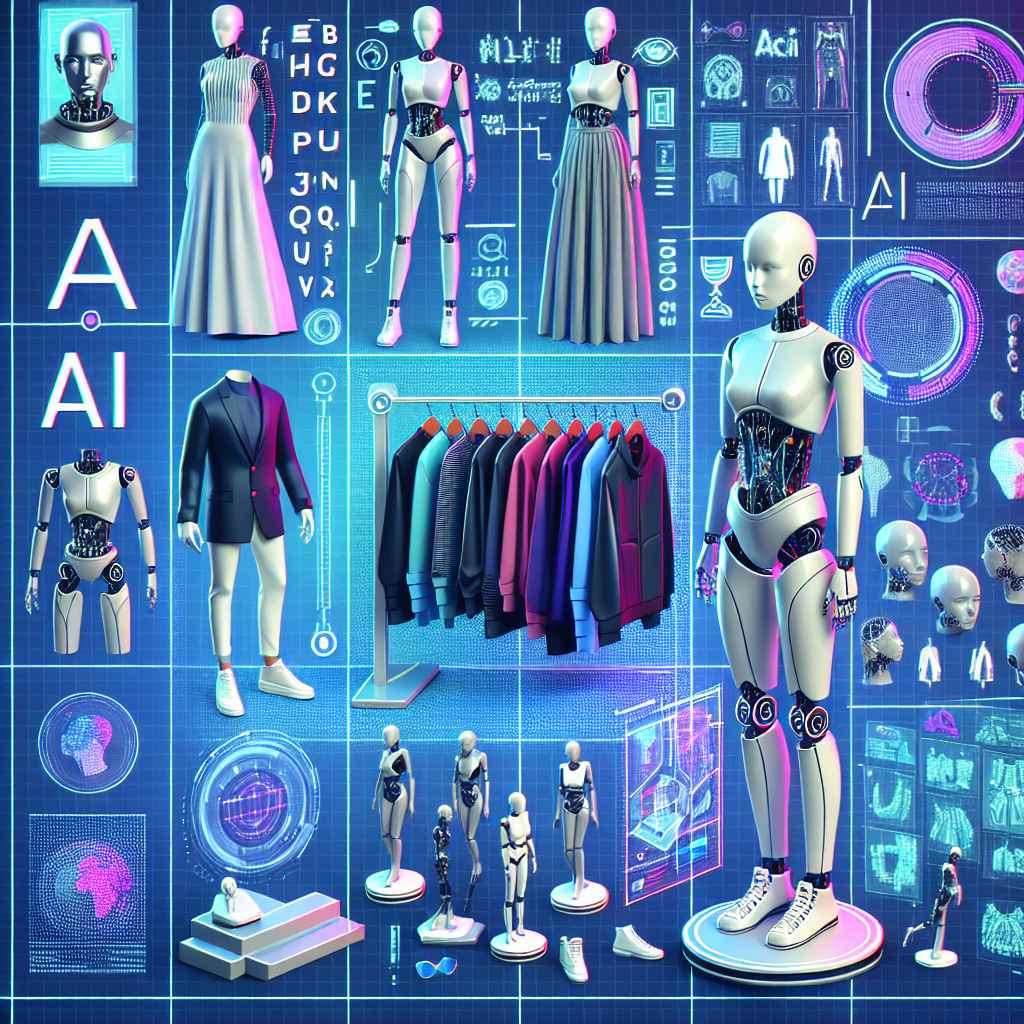Artificial intelligence (AI) has been making waves in various industries, from healthcare to finance to marketing. One area that is seeing a significant impact from AI is the fashion industry. With AI technologies becoming more advanced and accessible, fashion brands are leveraging this powerful tool to personalize style for consumers, optimize production processes, and improve customer experiences.
The Future of Personalized Style
One of the key ways AI is transforming the fashion industry is through personalized style recommendations. With the help of AI algorithms, fashion brands can analyze customer data such as purchase history, browsing behavior, and social media interactions to create personalized recommendations for each individual. This allows brands to offer a more tailored shopping experience, helping customers find the perfect outfit or accessory that suits their unique style preferences.
AI-powered recommendation engines can also help fashion brands to better understand customer preferences and trends, enabling them to create more targeted marketing campaigns and product offerings. By analyzing large volumes of data, AI algorithms can identify patterns and correlations that human analysts may have missed, helping brands stay ahead of the curve and deliver products that resonate with their target audience.
In addition to personalized style recommendations, AI is also being used to optimize the production process and enhance sustainability in the fashion industry. By utilizing AI-powered predictive analytics, fashion brands can forecast demand more accurately, reduce overproduction, and minimize waste. This not only helps brands save costs but also reduces their environmental impact, making the industry more sustainable in the long run.
Furthermore, AI technologies such as computer vision and natural language processing are being used to enhance the online shopping experience for customers. Virtual try-on tools powered by AI can help customers visualize how a product will look on them before making a purchase, reducing the likelihood of returns and improving overall customer satisfaction. Chatbots powered by AI can also provide personalized styling advice and recommendations, making the shopping experience more engaging and interactive.
Overall, the future of personalized style in the fashion industry looks promising with the integration of AI technologies. From personalized style recommendations to optimized production processes to enhanced customer experiences, AI is revolutionizing the way fashion brands operate and interact with consumers.
FAQs
Q: How does AI personalize style recommendations for customers?
A: AI algorithms analyze customer data such as purchase history, browsing behavior, and social media interactions to create personalized recommendations for each individual. By identifying patterns and correlations in the data, AI can help brands understand customer preferences and offer tailored style suggestions.
Q: How does AI optimize production processes in the fashion industry?
A: AI-powered predictive analytics can help fashion brands forecast demand more accurately, reduce overproduction, and minimize waste. By analyzing large volumes of data, AI algorithms can identify trends and patterns that human analysts may have missed, enabling brands to optimize their production processes and improve efficiency.
Q: How is AI enhancing sustainability in the fashion industry?
A: By reducing overproduction and minimizing waste, AI technologies are helping fashion brands become more sustainable. By forecasting demand more accurately and optimizing production processes, brands can reduce their environmental impact and operate in a more eco-friendly manner.
Q: How are AI technologies improving the online shopping experience for customers?
A: AI-powered virtual try-on tools allow customers to visualize how a product will look on them before making a purchase, reducing the likelihood of returns. Chatbots powered by AI can provide personalized styling advice and recommendations, making the shopping experience more engaging and interactive for customers.

